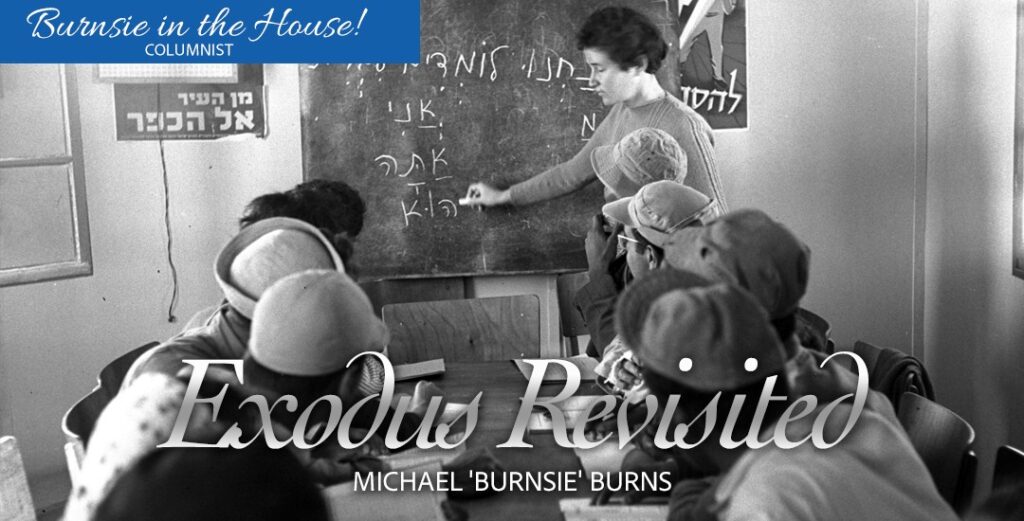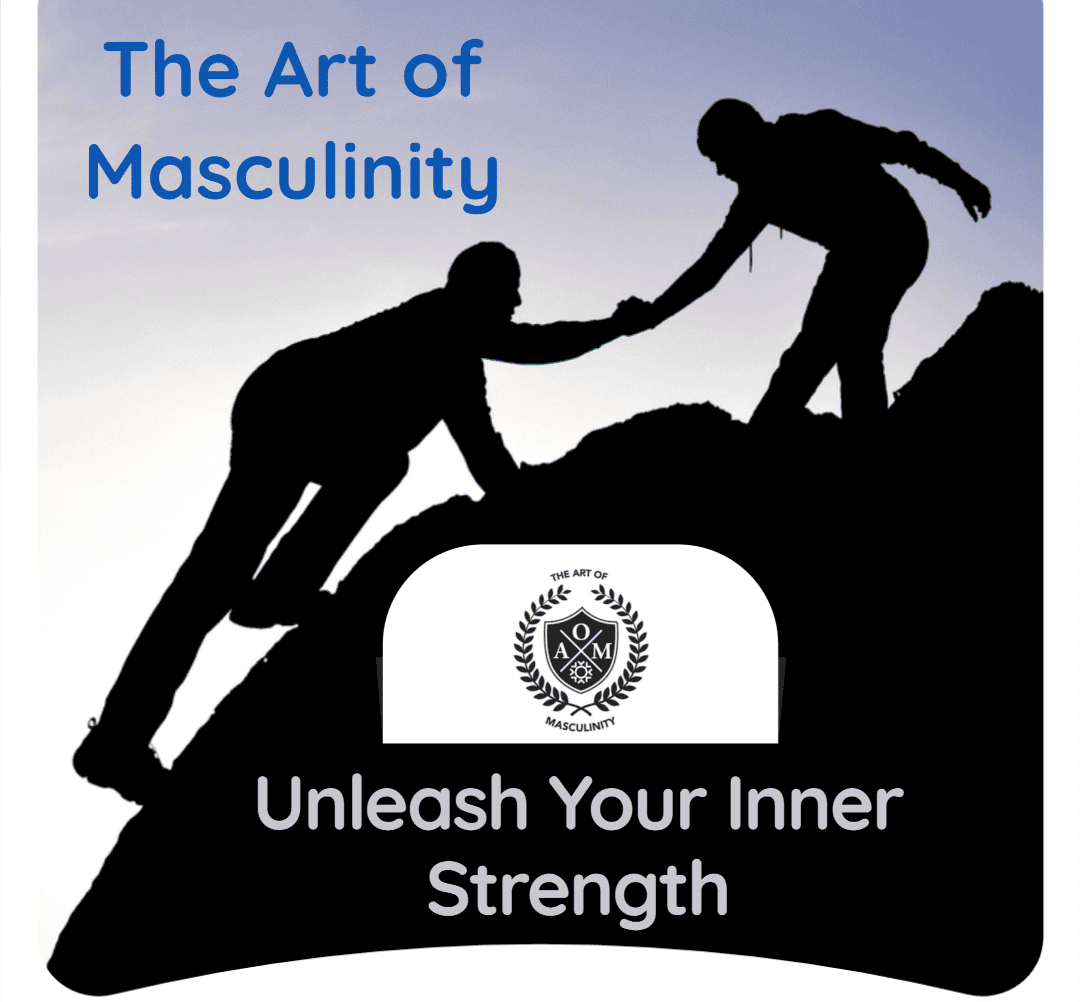Michael ‘Burnsie’ Burns
Columnist
PART I: Ha Eretz. It means Israel.
I was born to Jewish parents, but saying our family had assimilated is an understatement: I didn’t even find out until I was in college.
My dad certainly knew: he started life as Chaim Bernstein of the Lower East Side, New York: as Jewish as it gets. Dad was 12 when his father died: to follow the Judaic rule for mourning, he had to pay street people to come into the synagogue so there would be enough men to make minion, which was required for official mourning. That ended any interest in being religious for young Chaim.
He then had to sacrifice some of his childhood in order to help his mom run the family butcher shop. That ended any interest in maintaining the cultural window-dressing traditions.
So dad created a very practical, logical life philosophy in a time of global anti semitism. His experiences showed him that if he was identified as a Jew, his road to material success would be hampered. So he grew up and became Henry Burns.
Henry Burns, veterinarian for the Bahamas Island – for the natives and also for the Duke and Duchess of Windsor. Though the Duke had abdicated as King Edward VIII of England, there was no chance in hell dad could have gotten the job as Chaim Bernstein of the Lower East Side.
As noted, I figured out my heritage in college. A little later, for my first honeymoon, my new wife, Sally and I went to Israel. She was a WASP but had fully embraced Jews and Israel. We went by train to New York City, then on to Luxemburg, Trieste, Dubrovnik, and Athens, from which we took ship to Haifa.
We went to an agency that would find us a kibbutz where we could volunteer and live. “Somewhere not so hot and
humid,” was my qualifier. That took us to the mountains in the north between Haifa and the Sea of Galilee: hot but not humid. This kibbutz, founded by Hungarian immigrants after WWII, was not so religious, and made its income producing milk, chickens, eggs, and apples.
What a life! Beautiful views and sharp blue sky above the green-grey olive leaves. Great food, too. I worked as a lifeguard, a yard man driving around in a tractor, and a picker and packer of the apples.
I addition, we got to be part of an ‘ulpan,’ an intensive Hebrew immersion course for potential new immigrants. All was peaceful for a couple of months until, in ’73, the Yom Kippur War broke out. Israel was attacked on all sides, on its holiest day: by Syria and Lebanon in the north; Syria and Jordan to the east; from Saudi Arabia to the south, and by Egypt from the west.
We saw fighter jets flying low in the mountains, heading for the Golan where they bombed the shit out of the Syrians. All able young men and women left the kibbutz for service. Our roles were heightened and we had rotating night-watch duty. We had no guns but we buddied with kibbutzniks. None of the invading armies crossed into Israeli territory, but the toll on Israeli life was harsh.
Auspiciously, wife Sally said it was possible she was pregnant and, at the same time, some kibbutz kids had the measles. For the protection of the possible fetus, it was advised that we leave temporarily. There was a cease fire in place so we rented a car and toured the country, now devoid of tourists. The only people on the roads were troop carriers and soldiers hitchhiking home on leave. Amazing way to see Ha Eretz.
As it happened, there was no baby so, after a brief stop back at the kibbutz, we returned to California. After bouncing around from Monterey to Whittier to Pacific Grove our marriage dissolved. It seemed like an excellent time to leave home again: I moved to Israel, alone.
PART II: Forward to the Past
My intention, in going to Israel, was to discover my identity: I didn’t seem to have a clear idea who I was or what I wanted to do. Was, I wondered, my missing identity linked to being a closet Jew?
My original trip to Israel gave me a core desire to learn more about that land and about Judaism itself. I thought to build on my BA in history by working my way into graduate school there. With that credential, I thought, I could become marketable in International Relations, perhaps specializing in Middle East Affairs.
But first I needed to learn Hebrew, so back to the Ulpan for six immersive months was the way to go.
The Ulpan was held at a brand-new absorption center, a place designed to knit new citizens into the fabric of Israeli society.
It felt a lot like going away – way away – to college. The participants were were professionals from all over the world. Opening day was like a UN assembly; the greetings and introduction were delivered in Hebrew, English, Russian, Spanish, and French!
Six glorious months of being fed, housed, and taught. I was socializing internationally periodically being taken on tours of the country to be “absorbed” into Israeli society. I paid something like twenty-five dollars a month for all of it.
Throughout it all, I was still on the hunt for my identity and the Ulpan offered my first real chance to experience Judaism in practice. The people of the local village often invited those in the absorption center to visit, take meals, and attend services at their synagogues: in short, to be a part of their lives. I did this often, with one family in particular, and had my first exposure to religious Judaism. Through this I discovered that, whatever the reason I felt alienated from my identity, it was not due to the severed roots of my Jewish lineage.
In fact, I came away with a better understanding of what my Dad had told me about his philosophy: that I was not defined by a label, but by how I lived my life; and that it was how I showed up that reflected who I was. My search for an identity in Judaism was now over.

